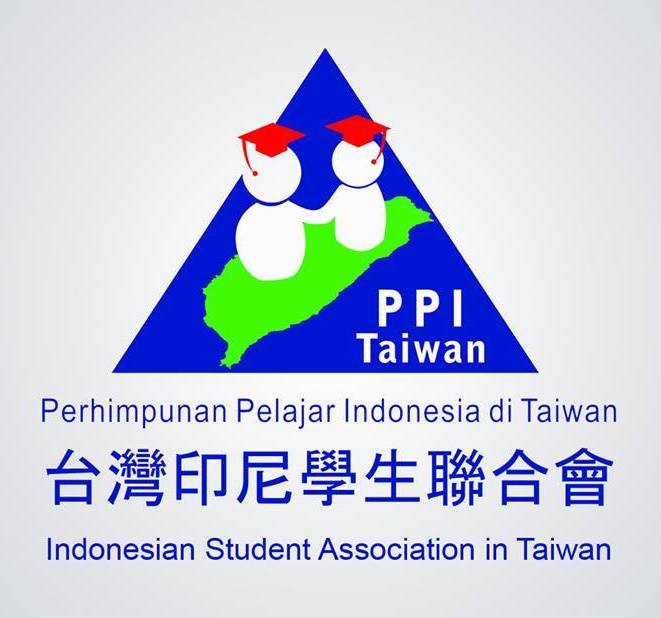LIMITATIONS IN DAILY ACTIVITIES AS THE STRONGEST PREDICTOR OF PHARMACOTHERAPY USAGE FOR PAIN IN INDONESIA
Abstract
Background: Many factors have been reported to contribute to a decrease in the use of pharmacotherapy to control pain, including the complexity of the medication regime, lack of efficacy, side effects, and cost considerations. Objective: The purpose of this study was to identify the significant factors associated with the use of pharmacotherapy in pain relief among Indonesian population. Methods: The data was obtained from the fifth wave of the Indonesian Family Life Survey (IFLS-5). The sample size was 11,516 persons aged 21-60 years with recent pain. Logistic regressions were utilized to explore the associations between independent characteristics and the outcome of medication use for pain complaints. Results: The majority of the participants were females between the ages of 31 and 40, had a high school diploma or less, were working, practiced Islam, and had no restrictions on their daily activities. The proportions of pharmacotherapy users and non- pharmacotherapy users were 51.44% and 48.56%, respectively. Female gender, older age, poor education level, and limitations in daily activities were all linked with a higher usage of medication. Conclusion: In the Indonesian population, having limitations in daily activities was the strongest predictor of pharmacotherapy usage for recent pain. Implication: People who are older, female, or have a poorer level of education should be the primary focus of education to enhance the pharmacological management of their pain.
Copyright (c) 2022 Indonesian Scholars Scientific Summit Proceeding

This work is licensed under a Creative Commons Attribution 4.0 International License.







